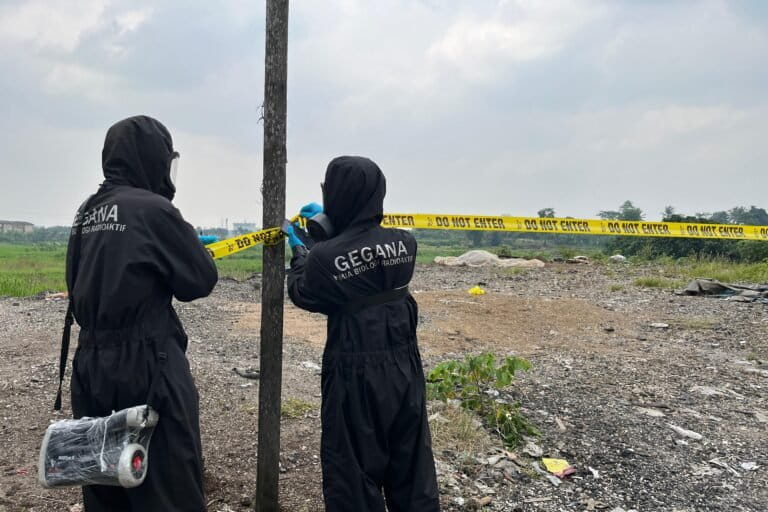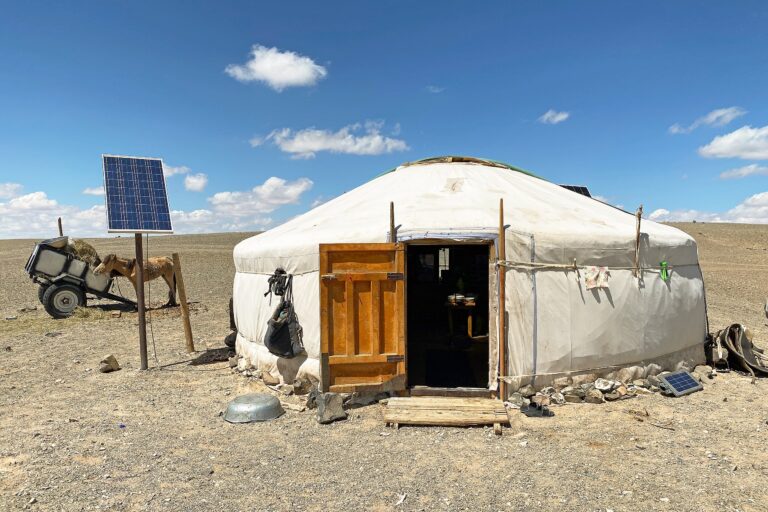- On March 4, U.N. member states reached a landmark agreement on a legally binding treaty aimed at protecting the international waters of Earth’s oceans.
- The deal, more than 15 years in the making, was finalized after talks overran their two-week schedule into a final, grueling 36-hour negotiation marathon.
- Delegates reached consensus on multiple thorny matters, including a framework for establishing and maintaining a network of marine protected areas on the high seas and mechanisms to share benefits from high seas resources fairly among nations.
- For the new high seas treaty to be implemented, delegates must officially adopt the treaty text at an unscheduled next meeting, and then a minimum of 60 states must ratify it, a process that could take months or years.
A landmark agreement for a legally binding treaty aimed at protecting biodiversity and ensuring the sustainable use of resources in international waters has at last been reached by U.N. member states.
The deal, more than 15 years in the making, was finalized on the evening of March 4 at U.N. headquarters in New York. Talks had overrun the two-week schedule into a final, grueling 36-hour negotiation marathon.
Listen to this article by clicking the play button here:
“The ship has reached the shore,” a visibly exhausted Rena Lee of Singapore, president of the Intergovernmental Conference on Marine Biodiversity of Areas Beyond National Jurisdiction, said in the final plenary, eliciting a standing ovation for her leadership.
But it has not quite docked yet. The session was suspended, to reconvene at an unspecified future date when Lee hopes delegates will adopt the text with no further discussion.
Delegates from 160 states and other parties reached consensus on: how to share benefits from high seas resources fairly; a framework for establishing and maintaining a network of marine protected areas (MPAs); new standards for conducting environmental impact assessments; mechanisms to support Global South nations to achieve treaty objectives and access marine technology; dispute resolution; and a funding structure.
“Everyone on Earth should breathe a collective sigh of relief,” Arlo Hemphill, Greenpeace USA’s senior ocean campaigner, told Mongabay. “Although the treaty is pending formal adoption, we now have the legal framework to protect and better manage over half of our planet.”
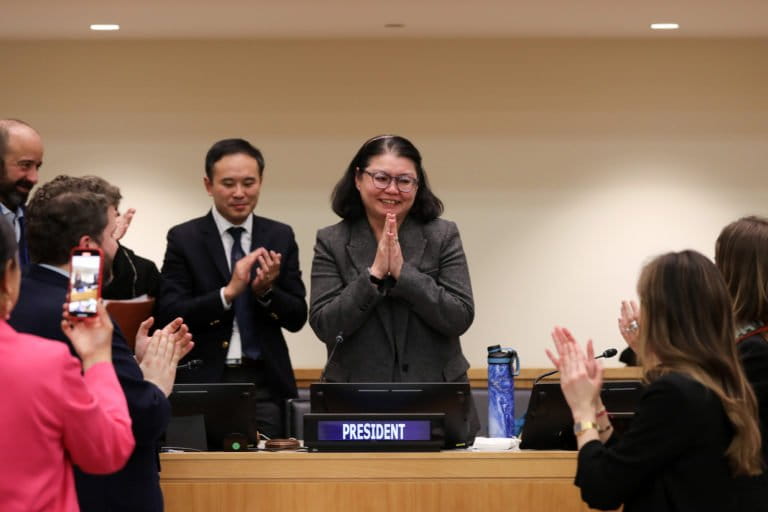
Why do we need it and why did it take so long?
The high seas cover almost half of Earth. They are vast, valuable and vitally important to humankind. They act as a carbon sink that buffers the planet from global warming, generate around half the oxygen humans breathe, provide primary protein for more than 3 billion people, and contribute to the livelihoods of more than 600 million.
Today’s technology has opened the door to lucrative, large-scale resource exploitation on the high seas. It has also supercharged the potential for irreversible ecological damage through unsustainable extraction of seafood, biomaterials and minerals, at a time when climate change and pollution threaten ecosystems on the high seas like never before.
The new treaty aims to provide much-needed governance. But the high seas’ status as a global commons — belonging to everyone and no one — and global development disparities made working out how to govern these waters a hard nut to crack.
All nations want their share of the resources the high seas hold, but many can’t afford the technology required to study and extract valuable resources there. Their right as equal stakeholders to benefit equitably from the high seas under the principle of the common heritage of humankind is now enshrined in Article 5 of the treaty.
This is a “huge win” for Global South nations, in a long and hard-fought battle, Jeremy Raguain, a Seychelles delegate and marine conservationist, told Mongabay.
The treaty also contains measures aimed at protecting the traditional knowledge of Indigenous peoples and local communities, and acknowledging these groups’ contributions.

What was agreed?
The treaty talks were the continuation of a fifth round of negotiations that failed to reach agreement in August 2022. To produce the final text, negotiators resolved almost 300 items that had been left outstanding.
Delegates hammered out a framework for environmental impact assessment (EIA) standards, so that new maritime activities in international waters can be regulated better. This will be important in controlling how geoengineering activities, starting on a small scale now, grow and impact the environment, Andreas Hansen, the Washington, D.C.-based ocean-policy lead at The Nature Conservancy, who attended the conference as an independent observer, told Mongabay.
Activities currently regulated by other bodies are excluded from these standards. These include fishing, which regional fisheries management organizations handle, and deep-sea mining, for which the International Seabed Authority is developing a framework.
Delegations did include an obligation to promote high seas treaty EIA practice in agreements governing these excluded activities. This is positive, Hansen said, but a more direct method of enforcing EIA standards would have been preferable.
The treaty’s framework for creating high seas MPAs makes it possible to achieve the “Thirty by Thirty” agreement to protect 30% of the ocean by 2030 that almost 200 states struck at the U.N.’s COP15 biodiversity summit in Montreal in December 2022.
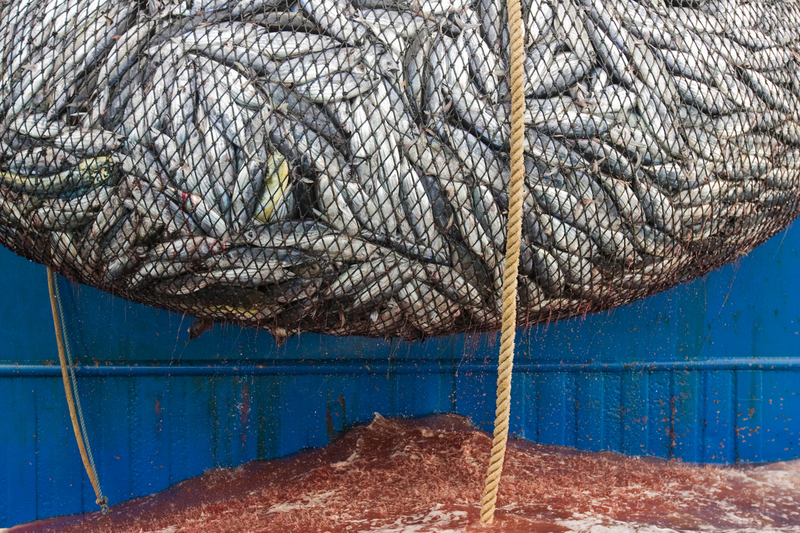
The treaty includes the option to create and manage MPAs by means of majority vote if consensus cannot be reached. This means that “one or two countries can’t block a really strong win for the environment if the large majority of the international community is of the opinion that this is the right way to go,” Hansen said.
However, states can opt out of decisions about MPAs by objecting on grounds of discrimination, inability to practically comply, or the decision being inconsistent with their duties toward the treaty.
How to fairly share benefits of marine genetic resources (MGRs) from high seas organisms was a key bone of contention. The stakes are high because MGRs are already important in the development of new medicines, nutrition, aquaculture, industrial processes and cosmetics, with the potential to generate huge economic value.
Fair sharing of any financial and non-financial benefits from MGR discoveries in the high seas, and genetic data sequenced from them, was written in to the treaty. A representative “Access and Benefit Sharing Committee” will review benefits from MGRs discovered both before and after the deal enters into force and advise member states where the money should go.
But treaty rules on benefits sharing will not apply to organisms harvested in fishing-related activities, or to military activities. In fact, military vessels and aircraft are exempt from the entire treaty.
Delegates found common ground on mechanisms to ensure treaty compliance and settle disputes, but decided that dealing with politically disputed areas was beyond the remit of the treaty.
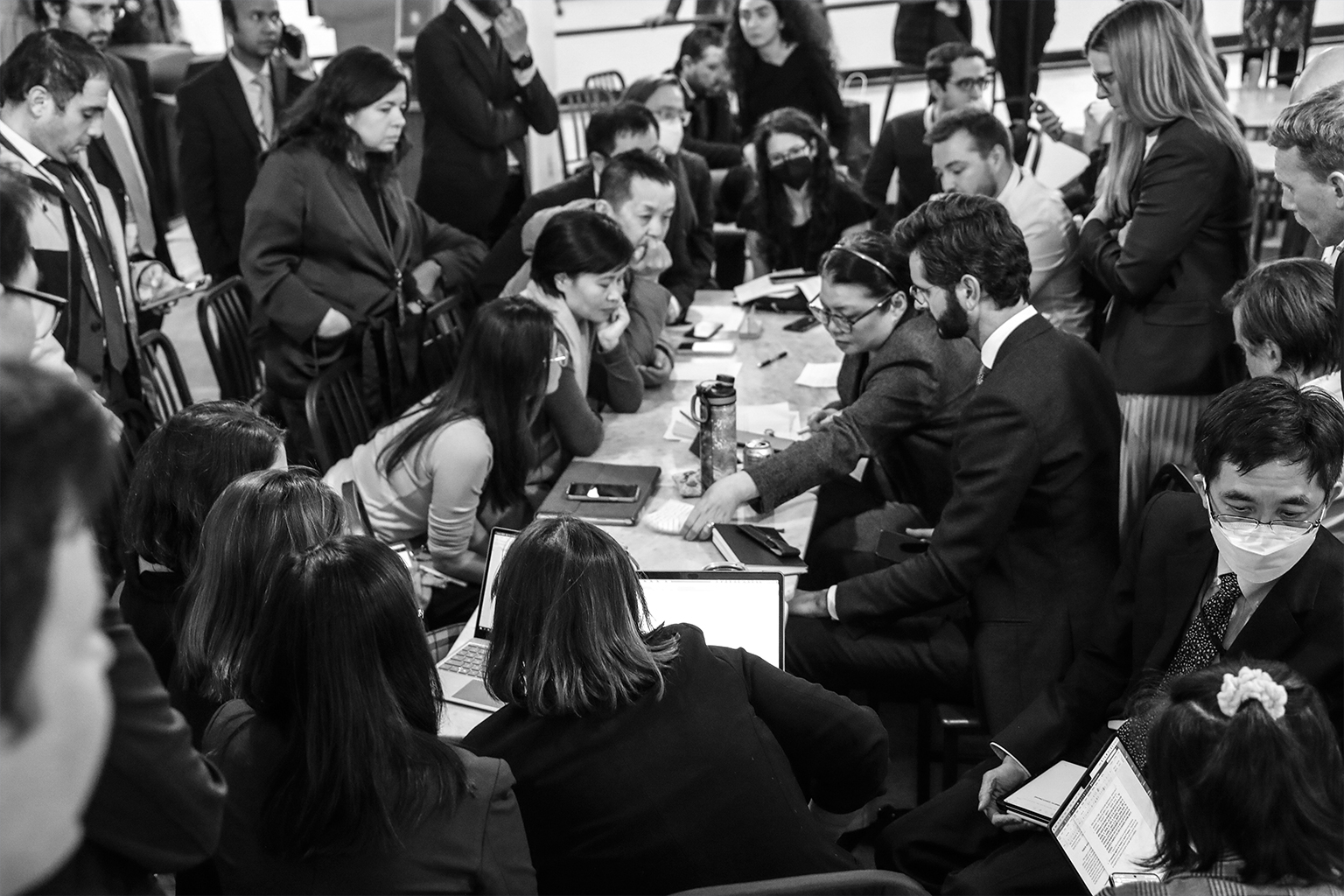
Disenfranchised delegations
Some states with small delegations, often least-developed nations without resources to send a bigger team, or whose delegates had to leave during overtime discussions due to prebooked flights, said they felt excluded from deals made in some closed-door sessions. Translators were unavailable during a key stretch of overtime negotiating, further unbalancing talks, which shifted entirely to English.
At times, the atmosphere in the negotiating rooms was “toxic,” Raguain told Mongabay. He said he was disappointed by what he characterized as entitled, arrogant and patronizing behavior from some Global North states, which he said deployed underhanded tactics to push an inequitable agenda onto Global South nations. “People need to really think about what they’re saying and how they come across,” he said.
Many delegates raised concerns about sleep deprivation in the final negotiating stretch, questioning whether they were physically and psychologically able to produce quality work. Several delegations registered procedural objections during plenary sessions: “We struggle to comprehend why we were forced to work under these conditions,” a Russian Federation delegate said.
What now?
Despite the difficulties and inevitable disappointments, observers generally expressed elation at reaching an agreement. “This is a once-in-a-generation moment and now we need to do a whole lot of work to make sure that those words on the page actually turn into benefits,” Hansen said.
After the treaty text has been adopted at the next meeting, it needs to be ratified by at least 60 states, which could take months or years. Only then can the necessary processes and systems be set up for implementation.
The treaty “won’t be a silver bullet fixing all the problems on the high seas,” Hansen said. To truly protect ocean health, states must “drastically step up ambition” in other international structures that affect human activities on the high seas, he said, such as the regional fisheries management organizations, the U.N. Fish Stock Agreement, and the Agreement on Port State Measures to combat illegal fishing.

Who should pay?
Challenging issues around funding the treaty were not all resolved and will depend on Global North states delivering on funding pledges. The EU, for instance, promised 40 million euros ($42 million) to facilitate treaty ratification, and announced it had pledged 800 million euros ($843 million) to ocean sustainability.
“For all the pollution that they produce that’s nothing!” Nicaraguan delegate Roberto Chacón said during a plenary session. EU nations collectively contribute much more to climate change-enhancing greenhouse gas emissions and pollution than nations in the Global South. “Each one of us should take responsibility for what we’re putting out,” Chacón said, invoking the principle of “the polluter pays” set out in Article 5 of the finalized text.
The treaty outlines a fund that states will make annual payments to on a sliding scale. The fund will also hold the monetary benefits from MGRs and other contributions from state and private organizations. The new Access and Benefit Sharing Committee will advise member states on how to equitably allocate money in the fund to finance: capacity-building projects, including sharing marine technology, training and conservation; help for Global South states to implement the treaty; support for local communities and Indigenous peoples holding traditional knowledge; and public consultations.
Another voluntary trust fund has already been established to aid least-developed, landlocked and developing small island nations’ attendance at treaty meetings.
The precedent set by how this treaty is implemented will reach beyond even the high seas, Raguain said. Other areas beyond national jurisdiction, like Antarctica and space, may be for future generations to address.
“But in 200 years’ time, if we’re able to keep this planet going without destroying it, we will look back at texts like this and say there’s the turning point — when we as [193] countries came together to force the protection of the common heritage of humankind,” Raguain said. “I believe this could be the shot in the arm to say, ‘Hey, despite the wars, the conflicts, the tensions, the hierarchy, we are able to find a way.’”
Banner image: A silky shark (Carcharhinus falciformis), one of the many shark species found in the high seas. Image by François Baelen / Ocean Image Bank.
Delegates come close, but fail again to clinch high seas protection treaty
Citations:
Pereira, P. H. C., Côrtes, L. G. F., Lima, G. V., Gomes, E., Pontes, A. V. F., Mattos, F., … Sampaio, C. L. S. (2021). Reef fishes biodiversity and conservation at the largest Brazilian coastal Marine Protected Area (MPA Costa dos Corais). Neotropical Ichthyology, 19(4). doi:10.1590/1982-0224-2021-0071
Hampton, J., Lehodey, P., Senina, I., Nicol, S., Scutt Phillips, J., & Tiamere, K. (2023). Limited conservation efficacy of large-scale marine protected areas for Pacific skipjack and bigeye tunas. Frontiers in Marine Science, 9. doi:10.3389/fmars.2022.1060943
FEEDBACK: Use this form to send a message to the editor of this post. If you want to post a public comment, you can do that at the bottom of the page.









